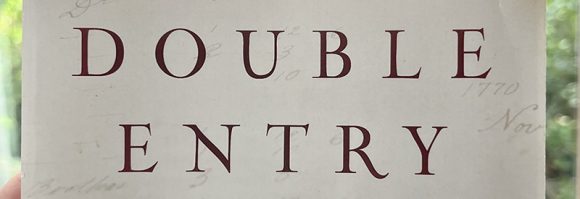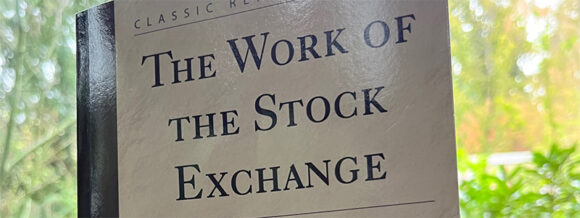I have a strange attraction to worthless currencies, or those on the path to being worthless. Most people just take currencies for granted, never wondering where their value comes from nor understanding how it sometimes disappears.
No one truly knows those answers, but sometimes we get accidental experiments that help us understand. The latest of those is happening now in Yemen.
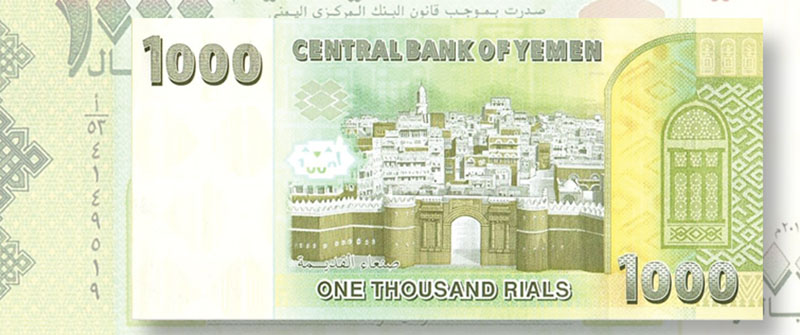
As described in this blog post, in brief, Yemen has split into two warring sides: the Houthi rebels in the North and the Saudi-backed government in the South. This split has also torn the nation’s central bank into two branches – the Aden branch and the Sana branch.
All that would not be interesting if not for the fact that both governments use the same currency, the Yemeni rial. This story would also not be interesting if those two currencies has similar values. But they do not.
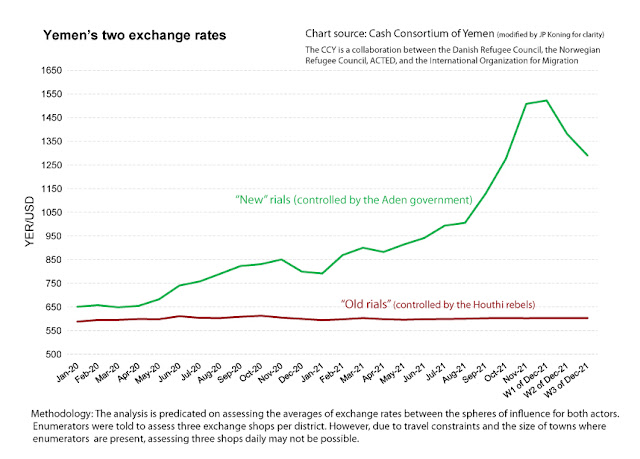
This is macroeconomics 101. Add to the money supply and the value of each unit goes down.
All of which makes me wonder why there is any debate as to the cause of inflation in the U.S. here in 2022 given the Federal Reserve has printed trillions upon trillion of dollars since the pandemic began.
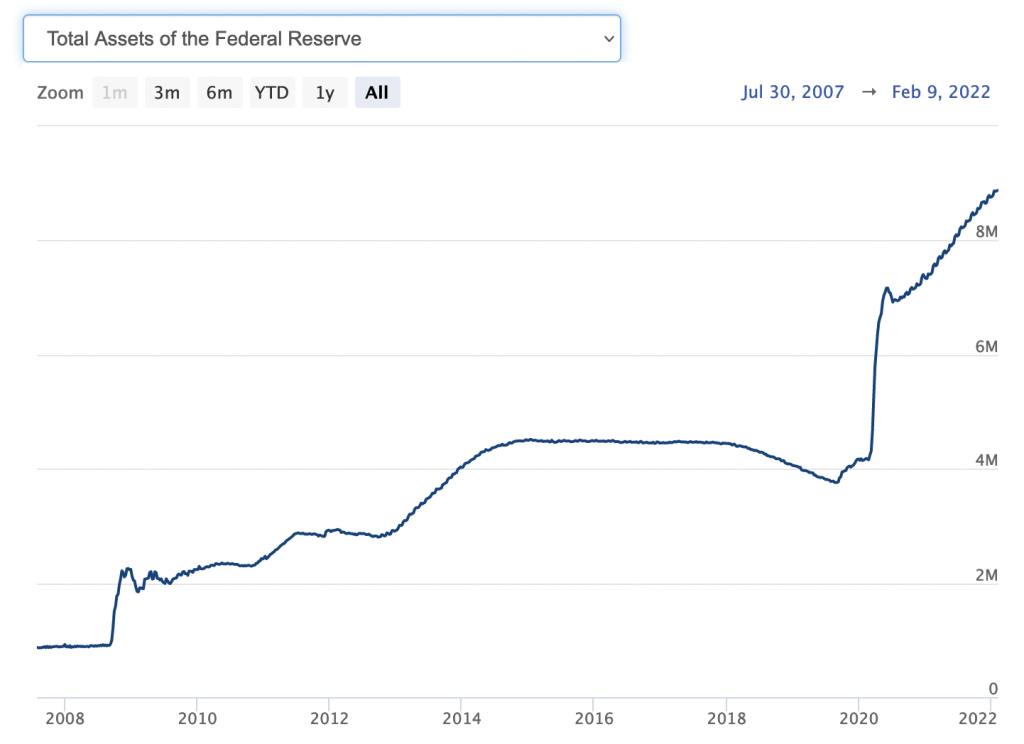
The subtle difference here being that growth in reals devalues the reals vs. the dollar whereas the dollar remains popular globally and thus we see its value decrease via inflation more than devaluation.


